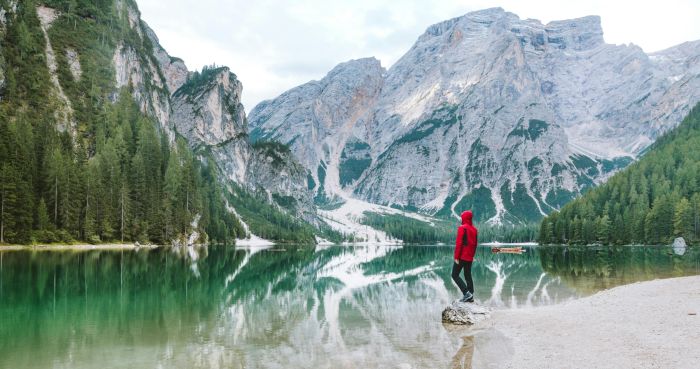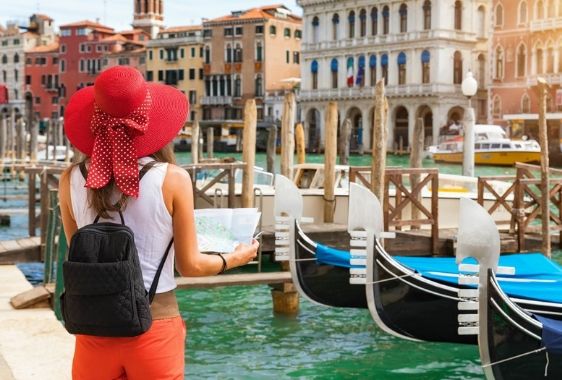In 1477, Pope Sixtus IV decided to rebuild the old chapel – and in so doing created today’s Sistine Chapel. It is one of the most famous churches in the world thanks to the beautiful artwork inside and to the interesting role it plays in the life of the papacy.
Avventure Bellissime would love to share our knowledge of the chapel with you in person. So if you are planning to visit Rome, here is a sneak peak of some facts about the Sistine Chapel Rome and why it’s so popular:
Over 5 million visitors per year visit the Sistine Chapeland it is best-known for the art it contains. Pope Sixtus IV recruited a group of Renaissance painters to create artwork that would appear in the chapel. This included Botticelli, Perugino, Rosselli, Pinturicchio and Ghirlandaio. They created various portraits of popes and frescoes depicting the Life of Moses and the Life of Christ.
Of course, Michelangelo made a huge contribution to the art within the Sistine Chapel. In 1508, at the invitation of Pope Julius II, Michelangelo began to paint the ceiling of the Sistine chapel – and in so doing, created one of the most important pieces of art in the world.
Michelangelo returned to the Sistine Chapel in 1535 to paint the Last Judgement or the Final Judgement on the altar wall of the Sistine Chapel. Pope Clement VII originally commissioned a painting of the resurrection, but after his passing his successor Pope Paul III and Michelangelo changed direction and painted the Last Judgement. It is said that they thought this was more relevant for Rome in that period.
What is interesting is that Michelangelo broke with tradition in this piece of work. Up until that point, figures were usually painted with clothing according to their position in society. However, when you take a tour of the Sistine Chapel, you will note that all figures shown on the Last Judgement are stripped bare and shown as equals. Any separation in the picture shows the separation of the damned and the saved.
Since the 15th Century, the Sistine Chapel Rome has served as a place of religious and administrative activity for the papacy. It was the chapel of the Papal Chapel – one of the two bodies of the Papal household. Today it continues in this function and hosts the important services of the papacy.It is inside the Sistine Chapel Rome that the College of Cardinals choose each new Pope – adding to the sense of history you feel when you visit. During such occasions a special chimney is installed and usually the eyes of the world wait for either black or white smoke to appear. White signals the College of Cardinals has elected a new pope and black smoke indicates that the college has not agreed on a successor, yet.










